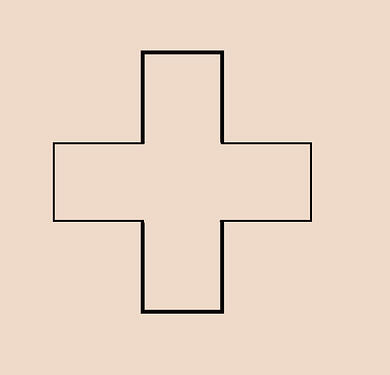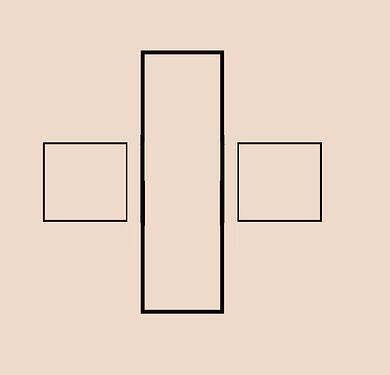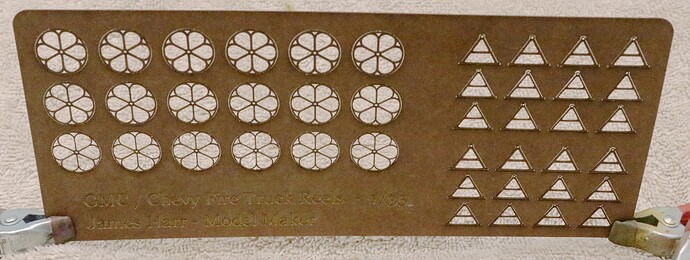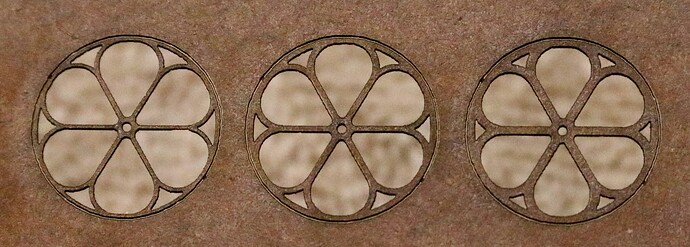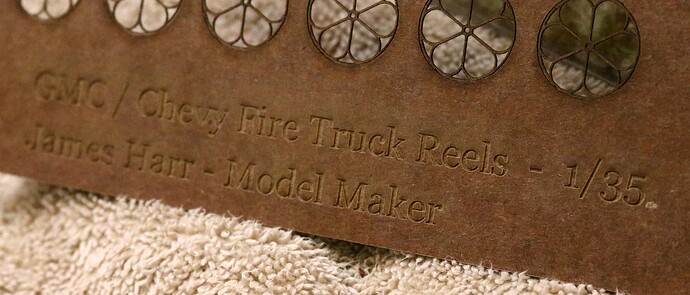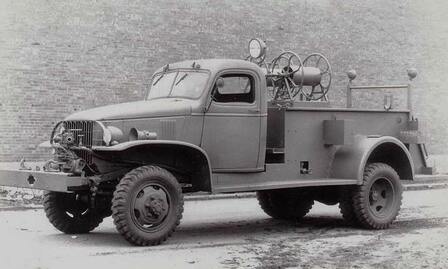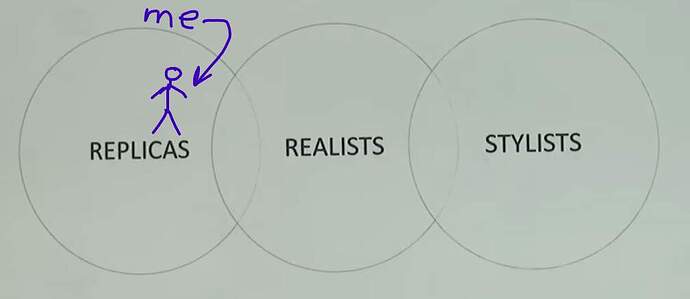Hence the return now to older classical storage formats and also why many musical stage performers insist on having a real piano, drum set or organ on stage (gotta love that Leslie!)
Side bar, you may find this story amusing and then I’ll shut up so as not to derail the thread.
One of the very best audio mastering engineers in the business, a recognized superstar did the following. He had a new customer not quite happy with their all digital recording mastered by another mastering house. The customer asked him to “fix” their master recording because the customer HATED the harsh unnatural edge the recording had. The audio engineer did his magic and the customer was DELIGHTED with the revised master! Customer wanted to how, how could he have taken a terrible (in ther opinion) recording and fixed it so eloquently?
His answer, he dumped the whole recording to his favorite Analog tape reel to reel then converted it back to digital. That simple process cleaned up the nasty digital harshness that was present from being a DDD pure digital recording! Then he polished the recording.
Happy modeling!
Anyone else aware that with the new automotive LED turn signals they have no warmup time. They are (more of less) instant on to full brightness. Unlike incandescent bulbs. (I am not saying this is good or bad, just pointing it out.)
Well early electronically generated synthetic musical tones did the same thing. Full instant on with no opening swell and no closing decay. (Talking about each individual tone here.) It was only when we started electronically sampling in high resolution the individual musical notes of the original instruments that we once again recaptured some of this audio quality and had it returned to us.
Similarly with 3D printing just as with audio recording it has to do with resolution. The greater the sampling rate of recording the better the sound reproduction. The thinner the layer settings on a 3D printer the smoother the curves and the flatter will be the surfaces that are produced.
Please know I am just on the fringes of understanding all these digital technologies. I am no doubt mistaken on many points here as to just how the technology works. I am sure @Armor_Buff or @MikeyBugs could explain all this much more correctly than I ever could.
@Armor_Buff - I thought you were going to say he applied a slight electronic “blur filter” to the recording. That is what I would do to a digital photograph displaying similar problems. Raise the image resolution (sampling rate) and then blur slightly to create microscopically small “ramps of tonality” between the pixels (or notes) instead of hard electronic edges.
I do realize this is all probably very off topic but I think in this discussion a little background to just what is going on here might be helpful.
We are all probably looking forward to 3D printers that will print in successively thinner layes. (giving greater resolution a.k.a. smaller steps) I am sure in the coming years (months) we will not be disappointed as the technology advances.
Original “As-Printed” 3D part showing print “stair-stepping”:
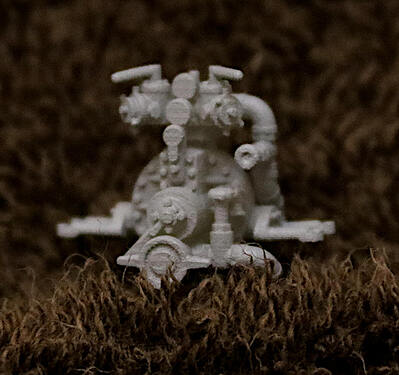
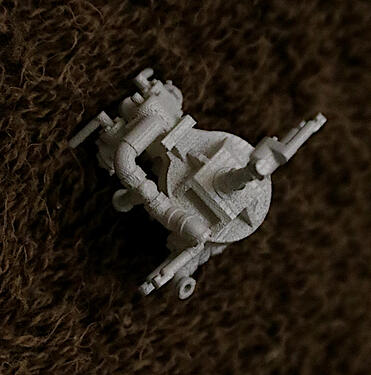
Same part now brush painted:
Creating “ramps” between the stair-steps to “blur” the resolution.
I suggest brush painting rather than using an air brush in these cases.
The thickness of the paint works to your advantage here in smoothing out the steps.
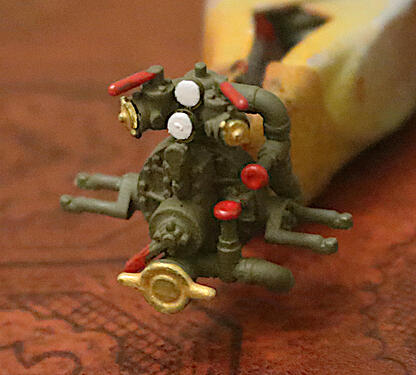
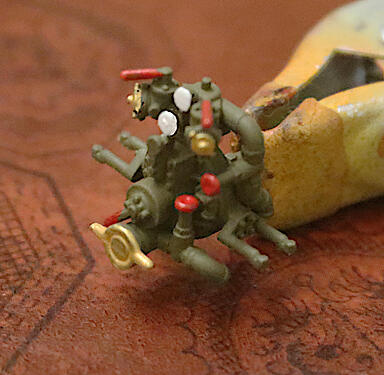
Note how you can clearly see the stair-steps in that top rear mounted return water pipe in the raw part but not once it has been brush painted.
That truly is a beautifully rendered pump!
Cajun
The equipment had a feature called “dither” that basically could do what you’ve describe as a " filter" but there wasn’t as much precision control as with today’s software.
So the “best” (professional audio engineer mentioned above) option was the D to A dump and convert back to digital domain. Afterwards, the remaster audio could be EQ’d etc to polish recording.
The story I mentioned about the audio engineer was from ~30 years ago aka back in the late 1980’s early 1990’s of when Studer consoles, reel to reel, and the Sony PCM-1630, Sony DAE-3000 Editor & 1610/1630 Umatic Tape from Ampex and similar ruled in professional mastering studio:studio_microphone:. Before PC/Apple made audio editing more user friendly. Back when $30,000 would buy six seconds of working audio memory digital audio storage in a top of the line editor like a Sony DAE-3000. I did technical tape mastering. Basically, I was a well paid ![]()
![]()
![]() monkey pressing buttons doing the boring precision donkey work. The work that would be a waste of a top notch talented audio engineer’s precious time. I could usually hear and identify differences in blind testing but didn’t have the ears & education to discern what was very good from what was great. Wonderful experience and loved the work.
monkey pressing buttons doing the boring precision donkey work. The work that would be a waste of a top notch talented audio engineer’s precious time. I could usually hear and identify differences in blind testing but didn’t have the ears & education to discern what was very good from what was great. Wonderful experience and loved the work.
Definitely time for me to stop dithering and adding analog noise…wink.
(I’m a bit overtired and slightly delirious from working an overnight shift so my response might not be coherent)
So if I’m understanding everything correctly (and I haven’t no idea if I am, brain fog is a helluva drug), the question is about resolution and the stair-stepping effect? For 3D printers, resolution is defined by how small the area is that is curing. It could also be the height of the layers. For printers like mine, MSLA printers, the LCD screen resolution is measured in pixels like any LCD screen; the highest resolution screens available now are 8k but most common are 4k. There’s also an option available to smooth prints, like the blur filter, but it’s called Anti-Aliasing. It smoothes the edges of the prints by varying the strength of displayed the LCD pixels on the edges. So instead of having the edge pixels display through completely, they may only display at 50%, then 25% as you get closer to the edges.
I am looking forward to color 3D prints like Eduard did with color pe sets.
Michael, I do get what you are saying but in this case my reference to resolution means “layers per inch” of 3D print medium and not monitor resolution.
As it is today even the current design software is capable of many, MANY more “layers per inch” (steps) than the 3D printer is capable of printing.
An 8 bit computer can resolve 256/512 distinct layers just as it can cut an audio sampling into 256/512 slices (steps) to grab (capture) the subtile on-rush, strike and then decay of a musical note.
A 16 bit processor can capture over 4000 slices.
I am not saying any of this because I might actually know how to make USE it (because I don’t!) All I know is theory. Why I AM saying all this is because of how much I am in awe of the whole process! AND how it entwines photography, audio recording and 3D printing together in similar uses of the same technology.
. . . now cue the Violins and the horn section, then bring in the kettle drums!
My son grew up in this modern world and could not even read an analog watch.
However he is now in a medically related profession and has to check pulse. He says now he could not get along without his analog watch.
Totally New Topic! Yea !!!
Suppose you wanted to make a SMALL circular part that had the cross section as shown below.
Say to make something like a railroad brake wheel or a fire engine hose reel.
Of course you could 3D print it but if the part were also circular you would then have to contend with the varying “stair-steps” that would be formed into the part around its’ circular edges.
OR
Perhaps you could burn it 3 times in an acid bath for different lengths of time to give you three distinct different sized layers and then laminate the 3 layers together out of brass PE.
OR
You could tell your laser driven, paper cutter to simply give you the same artwork, 3 times in varying line weights. *(I suspect this sheet was “burned” out in much less than 20 minutes on his laser cutter.
Fine . . . . . Medium . . . . Heavy
James Harr Model Maker
Good for . . . .
Hose Reals, Brake Wheels, Gears, Cogs, Gothic Church Windows, Steamboat Gothic Filigree (for Structure Decoration and of course Steamboats), Double Hung Windows, Skylights, Wrought Iron Fences, Low Relief Sculptures, Tombstones, Small Block &Tackle, Weathervanes, Windmill Vanes, Flowers, Vines, Trellises, Custom Low Relief Numbers & Lettering on store front structures.
That’s all I can think of for now! My head is starting to hurt!
If you want more information you are just going to have to talk to James Harr @Jimbo on this site to learn more.
With all of the technology talk, have to pitch this video out for anyone interested from Becker’s Models Has Modeling Become Too Complex?
Neat graphic from video…
Well @Armor_Buff in for a penny, in for a pound.
BTW: My watch has both analog and digital. The choice is mine with a swipe. … Time for me to go build something. ![]()
—mike ![]()
This made me remember a telemarketer argue with me, then a higher up supervisor over spectrum versus verizon because verizon used better fiber optics and quality material to get the signal to me. My answer was I dont give a @#$% if its dipped in gold and you spent a 1000 a foot installing it to get it to me. I am staying with MY choice.
Dont forget the mindset that you need to save everything from a model now and days. Box art, instructions, extra parts left over, buy containers for them, label all left overs. you know all the fun stuff after a build.
@Mrclark7 , I know that’s hilarious!
I pitch EVERYTHING left over from a model build in the trash unless its from one of a few favorite vehicles.
